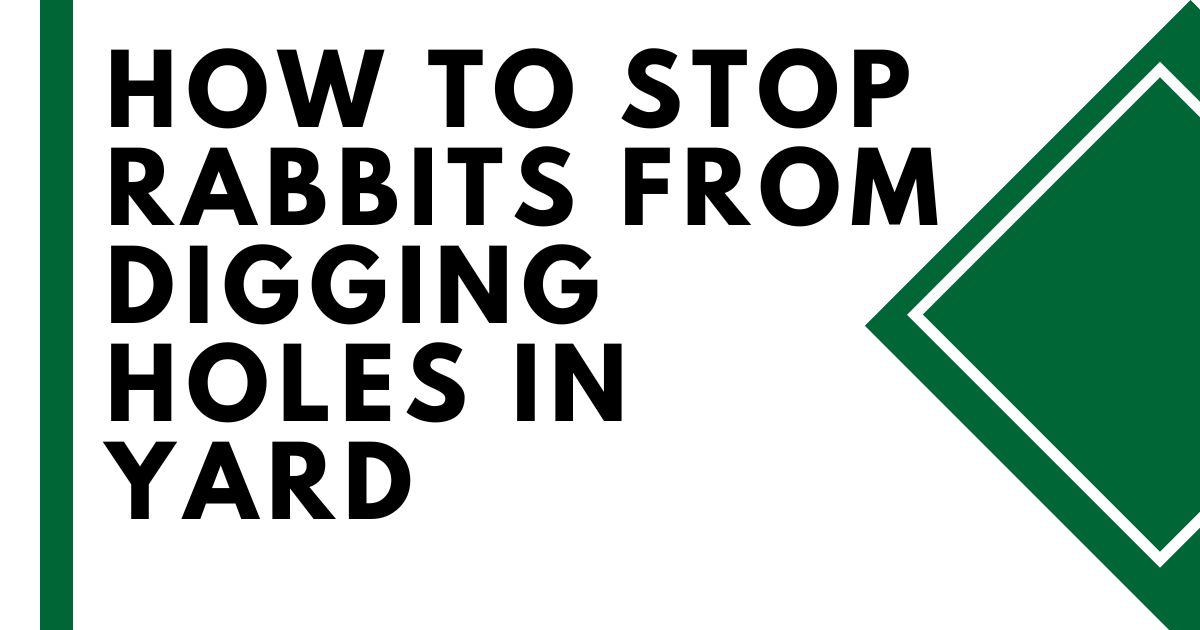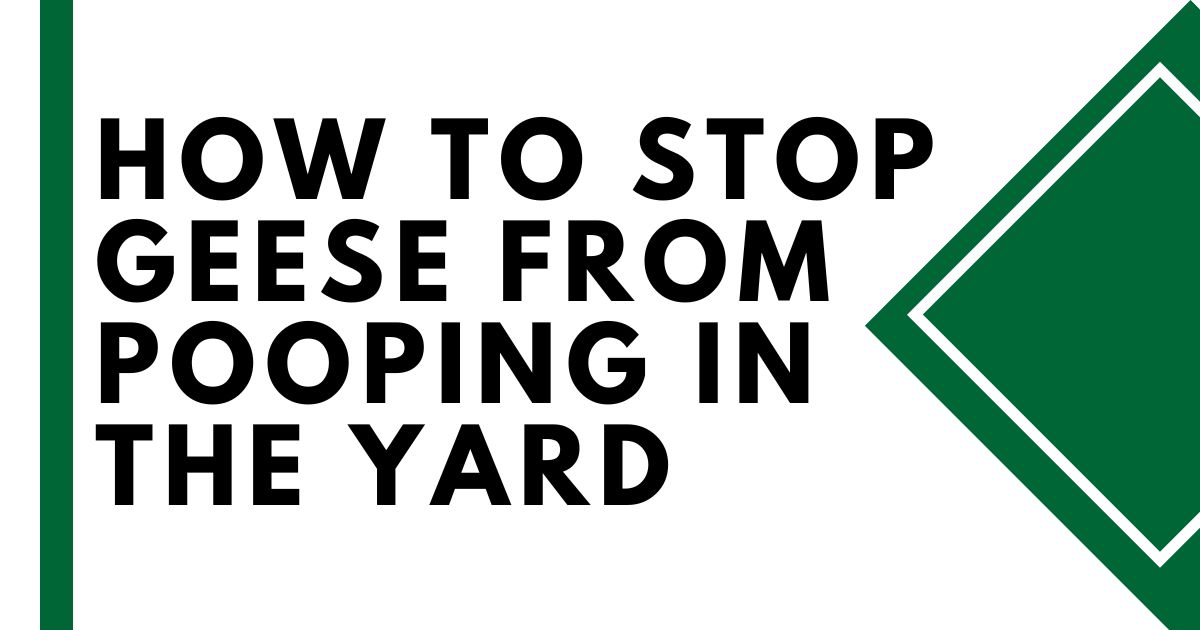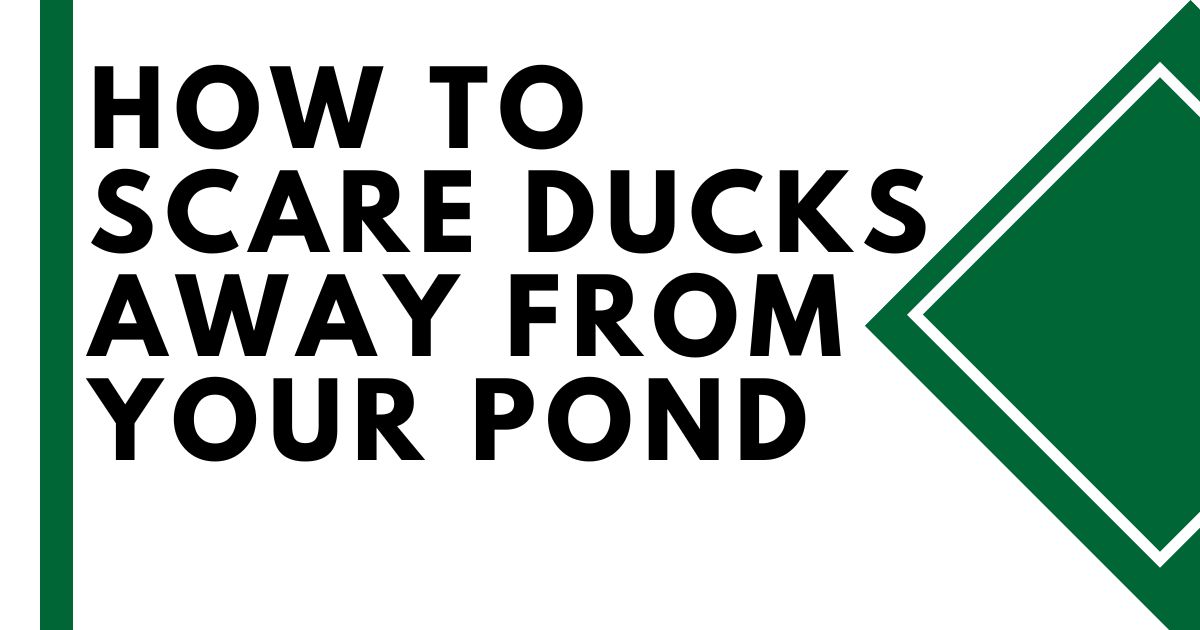Many people have a love-hate relationship with bugs. While they can be beneficial to the environment and add some natural beauty, they can also be annoying pests that threaten your home and garden.
If you have bugs in your yard, it’s important to take action quickly. While some bugs are harmless, others can cause damage to your property and even pose a health risk to you and your loved ones.
Identify the pest
The first step toward getting rid of bugs is identifying what type of pest you’re dealing with. If a bug bites or stings, it’s usually an insect or arachnid that poses a health risk.
If the plant is infested with caterpillars, mites, or other pests that damage leaves, flowers or fruit, then these are insects that need to be controlled. Identifying which type of pest you’re dealing with will help determine what kind of treatment will work best for your situation.
Landscaping matters
If you want to reduce bug bites, take a look at your lawn and garden. Are there any plants that attract bugs? If so, remove the plants or spray them with insecticide.
Avoid standing water
Mosquitoes need standing water to breed. If you have a swimming pool or pond, drain it after use. You may also want to install a pool cover or screen to keep the mosquitoes out. If you have puddles in your yard, try to fill them with dirt or gravel.
This will prevent mosquitoes from laying eggs in them and will also help to eliminate other pests like ticks and chiggers. If you’re going away on vacation, fill in any pools or ponds before leaving so they don’t become breeding grounds for mosquitoes when you return home.
Use natural repellents
Natural repellents help keep bugs away in the same way that you might use citronella candles or bug sprays. Some common plants that repel insects include marigolds and lavender.
You can also make your own natural repellents by mixing essential oils with water and spraying them on clothing or plants around the house.
These methods may not provide immediate results, but they might help reduce bugs in the long run by making your yard less welcoming to them than others nearby.
Use citronella
A common ingredient in bug repellents, citronella is a natural oil that comes from the lemongrass plant. It’s a safe and effective way to keep insects away from your patio or barbecue area.
Keep a few citronella candles on hand and light them when you’re outside. You can also buy citronella oil in liquid form to spray on your skin or clothing.
Secure trash and compost
Uncovered trash cans attract flies and other annoying insects that love garbage. Secure cans with lids or place them inside garbage cans with lids on top (make sure they’re not too heavy for your neighbors).
If you have a compost pile, cover it with a tarp or plastic sheeting to prevent pests from getting inside, or build raised beds around the edges of your compost bin so pests can’t burrow under it.
Get rid of bugs in your yard
Once you’ve taken the steps to keep them out of your home, it’s important to take steps to keep them from coming back. There are many things you can do to get rid of bugs in your yard so they don’t bother you again.
Install a bat box
Bats eat up to 1,000 insects per hour and can consume up to 5 pounds of insects each night. They’re great at keeping the mosquito population down, but they also eat other pests like flies, beetles and cockroaches.
If you have bats in your area, consider installing a bat box near your home so they can find a place to live and eat.
Bug repellent plants
Plants such as lavender, basil, and marigolds naturally repel insects by emitting an odor that bugs don’t like. You can plant these around windowsills or other areas where there is heavy foot traffic so the plants will help keep away unwanted guests. Just be sure not to plant any of these near edible plants.
Use a lighter exterior paint
Dark colors absorb heat better than lighter ones, which makes them attractive to bugs like mosquitoes and black flies. Lighten up your exterior paint with white or grey shades so it absorbs less heat from the sun and is less attractive to bugs.
You may also want to consider adding some reflective material (such as aluminum) for extra protection against flying insects that like light areas such as moths and butterflies.
Keep it clean
The first thing you can do is keep your yard clean. If there’s less dirt, grass clippings and leaves, there will be fewer places for bugs to hide or lay eggs. You should also make sure there’s no standing water in your yard, this will attract mosquitoes (and other bugs).
Install patio fans
If you want to keep the bugs away from your patio area, install a patio fan. These devices push out air through a vent that circulates around the seating area so that bugs don’t land on people while they’re enjoying their meals outside. You can also use these fans inside if you’re having an outdoor party on a hot summer night.
Apply a larvicide
You don’t have to live with mosquitoes buzzing around your ears all summer long. There are many products on the market that will kill mosquito larvae before they get a chance to grow up and bite you. The best time for application is early spring or late fall, when temperatures are cool enough for the larvicides to be effective.
Use yellow outdoor lights
Insects are attracted to some colors more than others and they don’t like yellow light. Yellow outdoor lights may help keep the bugs away from your home during the evening hours when they come out looking for food (and people).
If you’re going to use this method, be sure to use yellow bulbs because white bulbs will attract more bugs than they repel.
Trap or zap them
You can buy traps at most hardware stores that lure bugs in with light but capture them in a net when they go inside to investigate. Mosquito zappers kill mosquitoes on contact by using ultraviolet light.
Some models even have built-in bait stations where you fill up a container with propane or natural gas and place it near the trap so that when mosquitoes land on it they’re sucked into the zapper’s electric grid and killed instantly.



